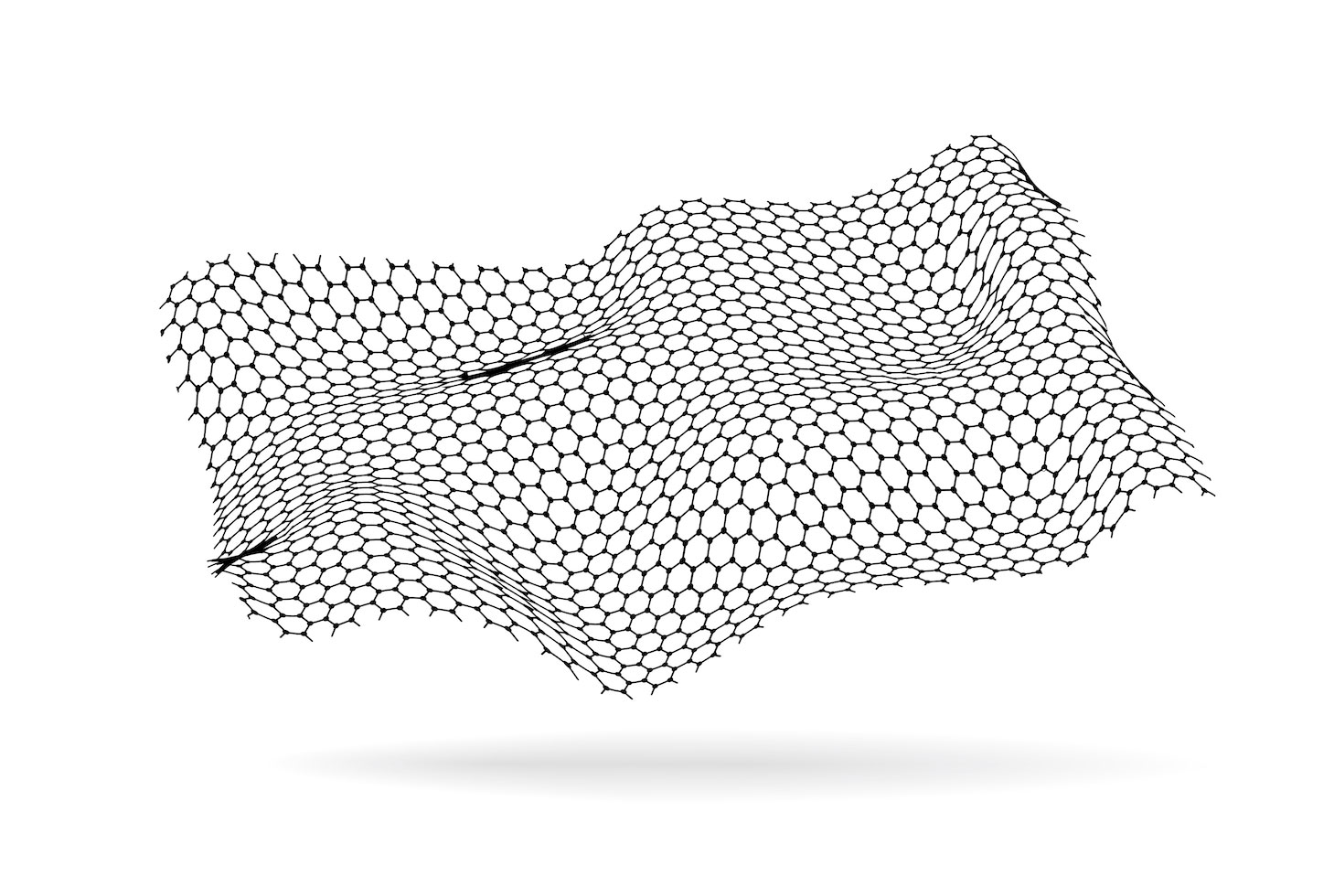New study examines topology optimization of rigid interlocking assemblies

Building materials and construction is growing and responsible for 11 percent of carbon emissions. How can we design and build better materials and structures that can reduce emissions and have better impacts on the environment? These are some of the questions being investigated in the top+ad lab of Assistant Professor, Josephine Carstensen, where topology optimization design methods are examined to leverage new and improved manufacturing possibilities.
Carstensen’s latest research examines the complex challenge of using topology optimization for the design process of rigid interlocking assemblies to lock components into place without use of adhesives or fasteners such as mortar, glue, bolts, nails or screws. Examples of rigid interlocks can be found in timber framing, constructed globally and throughout history, in both building and furniture carpentry. For the example of building and designing with wood, most traditional interlocking connections have straight edges that can be manually cut by saws and chisels. According to the study, these straight edge requirements leave a large range of unexplored design options. With the recent rapid development of manufacturing technologies, such as 3D printing and CNC machining, the design and performance of rigid interlocking assemblies for various applications have gained renewed relevance, interest, and development potential.
You can read more about the study on Science Direct website.
Share on Bluesky


